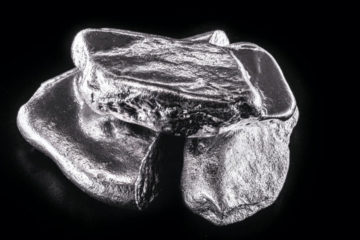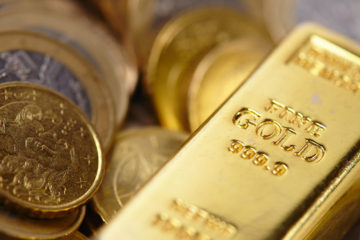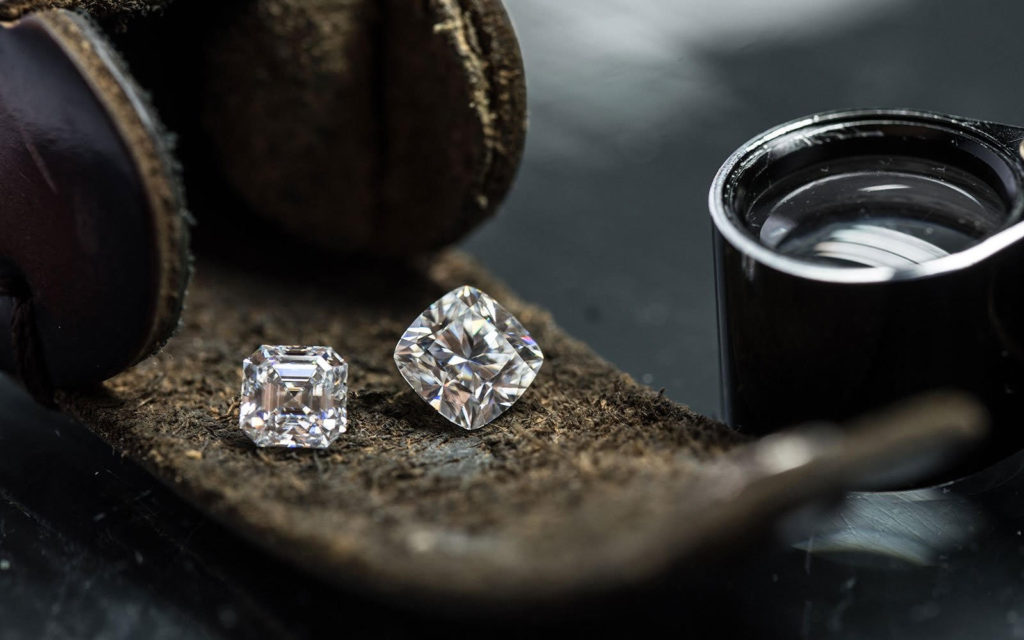
As kids, we probably all dreamed about buying diamonds. Perhaps a diamond ring, or necklace or bracelet? As adults, many of us do get to do that. As investors, we are often more cynical, so should you invest in diamonds?
In recent weeks, we have looked at whether or not you should invest in gold, silver and/or platinum. So why not look at diamonds as well?!
For the purposes of this article, I will be focusing on actual, physical diamonds, rather than diamond mining companies (as that is a completely different can of worms!)
Reasons to Invest in Diamonds
There are a number of reasons why you should invest in diamonds, these include:
Several Different Types
As with many other types of investments, you can invest in several different types of investments, there are several forms of diamonds that you could invest in, should you wish to do so.
There are two main ways you can buy diamonds: loose and set in jewelry. Both can be potentially very lucrative for investors.
Loose diamonds are as they seem: Diamonds that are all on their own. These can be purchased in just about every color, clarity and size to speak of. Should you wish, you could also set them in jewelry yourself!
You could also buy premade jewelry from one of the large jewelry houses like Cartier or De Beers. Many of them will also make custom jewelry for people, especially if they already have the cut diamonds ready.
Then there are also the various different types of diamonds. Perhaps the most famous color of diamonds are white diamonds. But there are also pink, black, red, orange, purple, yellow and green diamonds (among others!)
On top of this you can invest in diamonds in one of two different forms: cut and uncut. Generally speaking, most people will buy cut diamonds as they are worth more, however some do buy raw diamonds and have them cut.
This latter option does potentially allow you to have higher returns of investment. However, depends on how big the diamond you get cut is, and how well cut it is.
Tangible Asset
When you think about the various different types of assets, stocks, real estate, bonds etc. the overwhelming majority of them are intangible assets. Essentially, you can’t touch them, they just exist electronically.
For this most part, this is done in order to make them “safer” and less likely to be destroyed and/or stolen. However, this also makes them more vulnerable to things like hacking and/or cyber theft.
Unlike stocks and bonds, diamonds are tangible assets. They don’t exist electronically, as this literally defeats the entire point of owning diamonds.
Naturally, this makes diamonds susceptible to things like theft. However, assuming you take the right precautions, such as storing it in a safe place, chances are that you’ll never have your diamond stolen from you.
By purchasing a tangible asset, you are also making sure that if the internet goes down tomorrow, you won’t lose your entire asset portfolio.
Diamonds are also incredibly strong, meaning that even if you throw it against a wall as hard as possible, it probably won’t break. The worst it may do is cause a blemish or two (which will cause it to be worth less).
If you wanted to diversify, you could add diamonds to your portfolio of intangible assets. This way you are protected either way, regardless of what happens.
High Long Term Returns
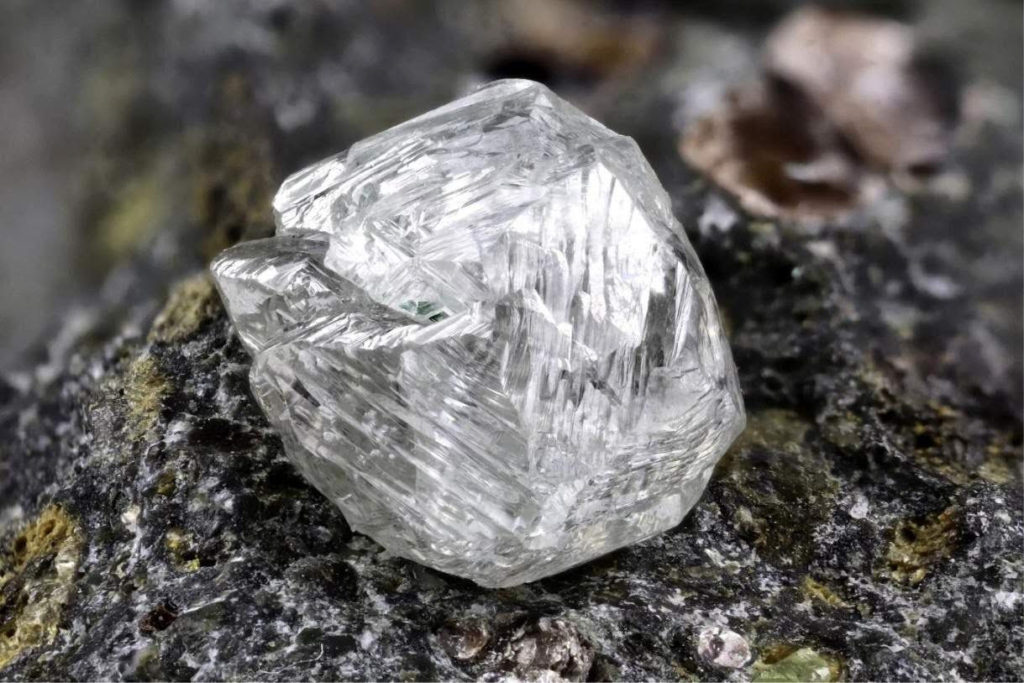
Most jewelers will tell you that diamond jewelry doesn’t increase in value. And that’s true. Due to this, many people believe that diamonds too, don’t increase in value, even when this is not the case!
In 1960, the average price of a loose, one carat diamond, was around $2,600. Today the average price of a loose one carat diamond is almost $31,000, this is a 1092.31% increase in price over the past 60 years.
At the same time, inflation was roughly 720%, meaning that there is a net profit of 372% (give or take).
Had you put that in real estate (which averages a 10% return per year) you’d have only netted a 159% return. Had you done it with stocks *which average 7%) you’d have only seen a 97% return!
Between 2000 and 2010, the average price of a one carat diamond went from $15,100 to $24,500. This had a 62.25% price increase, whilst inflation was only at 27% during this time period.
Whilst past performance doesn’t indicate future performance, demand is still surging for diamonds. As such, assuming that you hold onto diamonds for a long time (between ten and twenty years or so) chances are that you’ll see a profit!
Easy to Store
Diamond is one of the densest materials on Earth. It’s denser than silver, gold and platinum, which are themselves known for being quite dense materials! It’s so dense that it has to be measured in carats, rather than in milliliters.
Partly due to this density (as well as 100 years or so of clever marketing), diamond is so expensive. From an investing point of view, this has a number of positives, namely storage.
A diamond worth $10,000 weighs perhaps half a gram at most, and is less than one centimeter wide. Thanks to this, you could store it practically anywhere!
Naturally, due to the high value of diamonds, most people tend to store them in personal safes or safety deposit boxes.
The cheapest personal safes (usually rated to store around $1,000 cash or $10,000 in valuables) cost around $200, often less. Due to their cheap price tag, they tend to be on the smaller side, which is great for storing diamonds!
By the same token, you could also rent a safety deposit box. Depending on location and company, these can range from a few hundred per year to a few thousand. However, as with safes, you can purchase the cheapest option.
Some don’t even bother with safes and/or safety deposit boxes! For some, they can hide it their house for free.
High And Low Prices
If you scour reputable jewelers’ websites, you’ll find that there is a huge difference in price, one to fit quite literally ever budget.
On the low end, you could purchase a 0.01 ct diamond for as little as $5. Although, this is in a poor clarity (how “perfect” the diamond is internally and externally) and is in a relatively poor color.
With that being said, on the higher end, you could purchase something like the Hope Diamond or the Cullinan, the latter being valued at $2 billion!
As investors, this is something that’s quite helpful. Unlike stocks or real estate, we can spend a little or a lot on one diamond.
For instance, if I had $10,000 to invest in diamonds, I wouldn’t just be able to purchase 45 shares. With diamonds, I could purchase two diamonds worth $300 each, four worth $750, three worth $1,250 and one worth $2,650.
This allows us to diversify our diamond holdings, just as you’d do with stocks, bond and/or real estate.
As investors, this also means that regardless of how much money you have to invest, be it $1,000 or $100,000, you can easily get in at the ground level, hold your investment for a few years and then sell them.
This is something that many people seem to worry about when it comes to stock or real estate investing. Potentially giving diamond investing a leg up on both stocks and real estate.
Over time, you can work that initial investment into a much larger one.
Reasons Not to Invest in Diamonds
As with everything else in life, there are a number of reasons why you shouldn’t invest in diamonds too! These include:
Highly Unregulated
Despite everything, the diamond market is highly unregulated, at almost all levels of the industry. In fact, the most regulation isn’t to do with the cutting or selling, but actually the mining aspect of the industry!
And even that isn’t that regulated…
If you wanted to sell me stocks, you’d have to become a licensed stockbroker, sitting a number of exams. If you wanted to sell me real estate, you’d have to become a licensed real estate agent, also sitting a number of exams.
But if you wanted to sell me diamonds? You don’t need to sit any exams!
On top of this, there are no national and/or international regulatory agencies whatsoever. The closest thing to regulatory agencies the diamond industry has are non-obligatory industry exchanges, who focus on “best practices” but have no legal power.
Naturally, over the last few years, there have been numerous high-profile diamond scams ran online. A number of these scams have cost people hundreds of thousands of dollars in one instance.
For some, it has been fake diamonds, for others, it has been get-rich quick schemes, whilst for others, it has been pumping worthless diamonds on unsuspecting customers.
As investors, this is quite worrying. Yes, it happens with stocks and real estate, but that is regulated: diamonds are not. For all you know, you’re buying diamonds from a teenager in his mom’s basement!
Easy to Get Lost in it All
As with any other type of asset, there are a number of jargon words and phrases used by the industry to make things seem more complicated than they really are. And the diamond industry is particularly bad at it.
When you first look at how to invest in diamonds, you’ll likely come across articles telling you to look at the 4 C’s of diamonds. These are cut, color, clarity and carat (weight).
However, when you actually get to looking at the diamonds, you’ll find all sorts of other things like cut quality (how good the actual cut is itself), fluorescence, symmetry, polish and table.
For most investors, they get confused about all this, and end up not investing in it.
To many of them, they are worried as to what all of these extra details mean. In particular, they often worry whether or not they’ll be able to sell the diamond at a later date, because of these extra details.
For the most part, these details are meaningless. They are designed to help jewelers decide which diamonds to keep loose and which to set into jewelry, and don’t really affect price, only the 4 C’s do.
Alternatively, If this is something that will bug you, you could always do some research into this. There are a number of quality diamond blogs that explain these in detail for you!
Incredibly Hard to Sell
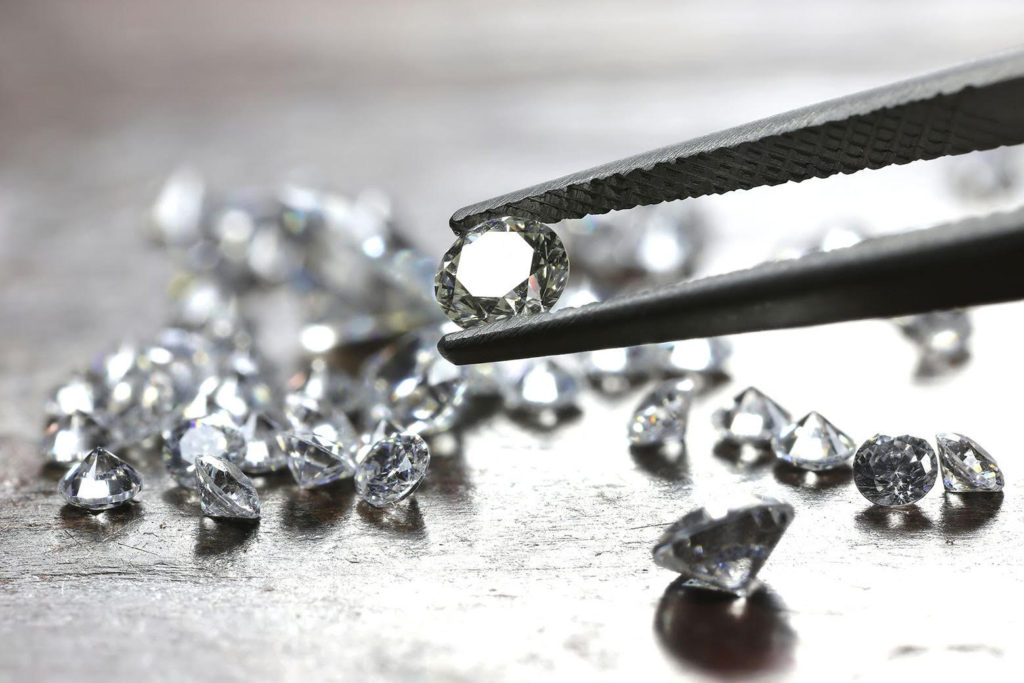
Buying diamonds is incredibly easy. Practically every town, no matter how big or small, has at least one or two jewelry store that sells diamonds in some form or another.
The rise of the internet has also helped this. Even if you live in an area that doesn’t have a jewelry store that sells diamonds, you can still buy diamonds, and have them shipped to your home.
But selling diamonds? That’s a completely different can of worms!
Whilst most jewelers will claim to buy diamonds, they are often quite stingy as to what they’ll buy. The diamonds often have to be certified and of the best specs for them to even consider buying them.
The internet has also led to many online jewelry stores wanting to buy diamonds too. Generally speaking, these stores are less stingy on the quality of the diamonds, but they are often more focused on the size of the gem.
When you try to sell physical gold bullion to gold dealers, they pay you the current market price of gold, and sell it at the retail price, thus making their profit.
But with diamonds? There is no clear-cut market price. As such, jewelers and diamond dealers will often buy diamonds at as much as a 25% discount of their retail value! This seriously hampers our profits as investors.
Highly Speculative
I just mentioned that there is no clear-cut market price for one carat of diamond, that can be scaled up and down as needed. At least, not in the same way that other tangible assets like gold do.
Because of this, the diamond industry basically set their own prices. If they want to, the diamond industry could decide tomorrow to unilaterally increase the price of diamonds by 200%, and the market couldn’t do anything about it!
Whilst this would be good for investors who already own diamonds, it would be devastating for those investors looking to invest in diamonds.
Thankfully, it’s highly unlikely that this will ever happen. But it illustrates a larger point – we have no way of finding the “value” of diamonds.
When you go to sell them, you get one price. When you buy them, you get another. And when you get them appraised by the insurance investigator, you get a completely different one!
This creates a certain distrust, and a certain risk. For most investors, we don’t like either of these things. As such, many of us are scared to invest in diamonds.
The Richest Investors Don’t Buy Them
This one is rather weird. When you think of the people who have the money to buy the largest amounts of diamonds, you often think of the world’s billionaires. And whilst many of them do buy diamonds, most billionaire investors don’t.
Yes, their wife may have a diamond engagement and/or wedding ring and maybe even a diamond necklace or two. But they don’t own 25 carat diamonds that just sit in a safe or museum all the time!
From what I could gather, most of them, have simply had no reason to buy diamonds as an investment. Whenever you think of tangible investments, your mind probably doesn’t go to diamonds.
Speaking to a number of personal and institutional investors (who manage accounts of upwards of $100 million) the majority have never really considered it for the aforementioned reason.
Luckily, one of the (personal) investors I spoke to had actually considered investing in diamonds, seemingly in some detail.
According to him, the risks were simply too great (most to do with the lack of regulation and the fact that there are so many different prices!) So he never ended up buying the diamonds.
Should You Invest in Diamonds?
Sadly, there is no yes or no answer for whether or not you should invest in diamonds. This is something that is highly personal to you, and can’t be solved with a generic answer.
Personally, I own a small collection of diamonds in a number of different weights, colors and cuts. Prior to investing in the diamonds, I researched the risks, and mitigated them.
For me, my view on it is relatively simple:
If you’re willing to do the research, and you already have a large portion of stocks, real estate etc. and are looking to diversify your portfolio, diamonds may be something that you want to look at.
Alternatively, if stocks, bonds, real estate etc. aren’t you kind of thing, perhaps diamonds are!
However, If you are new and are still trying to get the gist of stock or real estate investing, I would say that you probably shouldn’t diversify yet, as this is perhaps too early, and may in fact harm you in the long run.
Do you invest in diamonds? Why or why not? Tell me in the comments!

